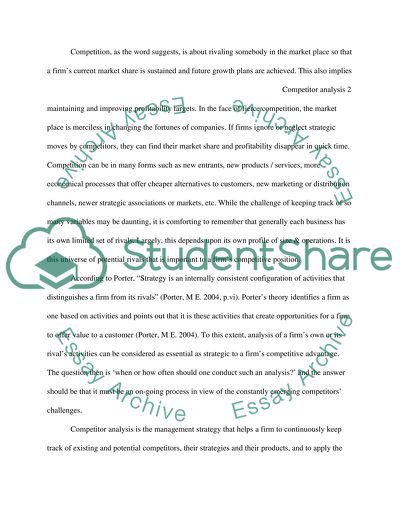Cite this document
(A Critical Review of Competitor Analysis Concepts Literature, n.d.)
A Critical Review of Competitor Analysis Concepts Literature. Retrieved from https://studentshare.org/marketing/1550155-competitors-analysis-critical-review
A Critical Review of Competitor Analysis Concepts Literature. Retrieved from https://studentshare.org/marketing/1550155-competitors-analysis-critical-review
(A Critical Review of Competitor Analysis Concepts Literature)
A Critical Review of Competitor Analysis Concepts Literature. https://studentshare.org/marketing/1550155-competitors-analysis-critical-review.
A Critical Review of Competitor Analysis Concepts Literature. https://studentshare.org/marketing/1550155-competitors-analysis-critical-review.
“A Critical Review of Competitor Analysis Concepts Literature”, n.d. https://studentshare.org/marketing/1550155-competitors-analysis-critical-review.


